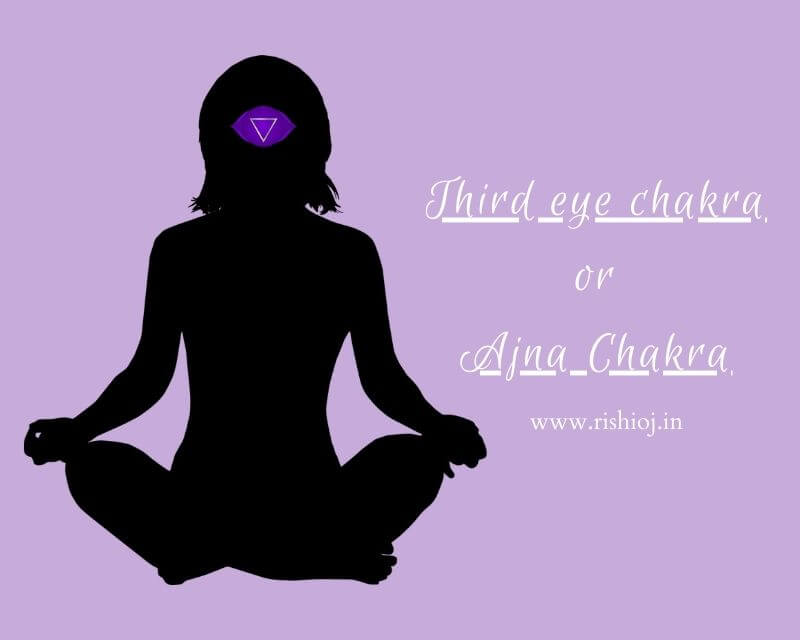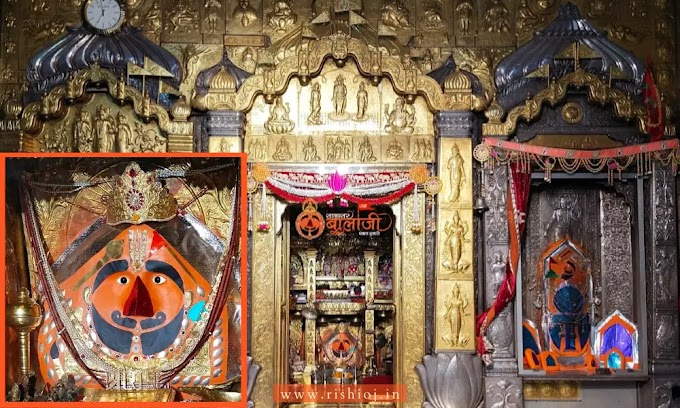Applying Tilak or Tika on the forehead is considered very auspicious in Sanatana dharma. Hindus not only apply Tilak in auspicious occasions like weddings and pooja rituals but also at the time of welcoming any guest or going out for any important task. It is a good practice to wear Tilaka daily except during sad occasions like death in the family.
What is Tilak
Tilak is a mark made on the forehead- sometimes on arms, neck, chest- with varieties of natural substances like Chandan (sandalwood powder) paste, kumkum (Vermillion), Vibhuti.
Vibhuti/Bhasm: Vibhuti is the Ashes gathered from the sacred fire of yajna. The ashes contain many beneficial herbs which are burnt in the sacred fire and the power of the mantra chanted during Yajna.
Chandan (Sandalwood): The paste of Sandalwood (Chandan) is applied to give a cooling effect to the applied area.
Kumkum Tilak: Kumkum is turmeric powder, turned red by adding lime to it. It contains all the healing benefits of Turmeric.
Spiritual and Scientific Significance of applying Tilak on the Forehead
Applying tilak on the forehead is not just a cultural or spiritual belief but one with a scientific background.
1. Indication of Sectarian Affiliation:
In Hinduism, different sects, such as Shaivism, Vaishnavism, Shaktism wear different types of Tilak.
The Upnishads explain the symbolism behind different types of Tilakas.
Followers of Shiva wear Tripundra - Tilak formed by three horizontal parallel lines. These lines symbolize various triads:
• Three sacred fires - Garhapatya, Dakshinagni, and Ahavaniya
• The divine triads - Brahma, Vishnu, Mahesh
• Three syllables in Om - A, U, M
• Three gunas - Sattva, Rajas, Tamas
• Three worlds (Trailokya)- Swarga, prithvi, Narka
• Three types of atman (self)- the external self (body), the inner self (individual soul), and the highest self (the Brahman, Paramatma, Purusha)
• Three powers in oneself- Kriya (action), Ichha (will), Jnana (knowledge)
• First three Vedas- Rigveda, Yajurveda, Samveda
• Three times of extraction of the Vedic drink Soma- Dawn, Midday, Dusk
Followers of Vishnu wear Urdhva Pundra- Tilak formed by three vertical lines. These lines symbolize various triads:
• Three worlds of the 7 Urdhva Loka- Bhu, Bhuva, Suva
• The divine triads - Brahma, Vishnu, Mahesh
• Three syllables in Om - A, U, M
• Three types of atman (self)- the external self (body), the inner self (individual soul), and the highest self (the Brahman, Paramatma, Purusha)
• First three Vedas- Rigveda, Yajurveda, Samveda
• Three states of consciousness – awake, dream sleep, deep sleep
• Three realities – Maya, Brahman, and Atman
• The three bodies – Sthula, Sukshma, and Karana.
2. Indication of Caste
In earlier times, the four castes of Hindus - Brahmin, Kshatriya, Vaishya, and Shudra used to wear different types of Tilak.
|
|
|
|
|
|
|
|
|
|
|
|
|
|
|
|
|
|
|
|
3. Symbolizes Reverence:
Hindu dharma perceives every creation as the manifestation of the supreme lord. The human body is also considered a temple of the lord. Thus Tilak is put to give reverence to the divine power within. Applying Tilak is a part of the Vedic ritual - Nyasa in which various parts of the body, including the forehead, are touched with a mantra chanting to locate the divine within. So tilak is applied to worship and show our gratitude to the Lord in us.
4. Energizing the Ajna Chakra:
Tilak is applied on the forehead between the brows. it is a point of immense power. Our body’s most important chakra (energy center), the Ajna chakra, is situated here. This point is the confluence of three main nadis,
• Ida (controls all the mental processes)• Pingla (controls all the vital processes)
• Sushumna (awakens spiritual consciousness)
• Sushumna (awakens spiritual consciousness)
Agya/Ajna Chakra (The third-eye chakra) is associated with awareness and alertness and is usually activated when one wishes to follow spiritual disciplines. During meditation, we give attention to this chakra to increase focus and concentration. When applying tilak in the mid-brow region, vibrations emanating from the ‘third eye’ are carried by it to the heart, thereby generating devotion and Bhaava (spiritual emotion) in the mind throughout the day and imparting Shanti (serenity).
5. Shielding from negative energies:
The Third eye represents our subconscious mind and various thought processes. It is the center of all cosmic energy. Negative energy in the form of negative thoughts enters our body through this chakra. Tika is believed to prevent the loss of energy.
When tilak is applied, the negative energy is blocked from entering the body. Similarly, it prevents the positive energy from leaving the body. The tilak applied with some of the bhasmas protects us from the radiations and shields the brain. It is also a reminder to the wearer that one day our body will become ash.
6. Medical reasons:
• Cures Sinusitis: Medically the joint also has a nerve (trigeminal) which when squeezed, clears sinuses by increasing the blood circulation to the nose.
• Stimulates the pineal gland: Massaging this spot by applying tilak stimulates the pineal gland. The pineal gland controls the internal body clock of the body. Stimulation of this gland helps in curing insomnia, stress, and anxiety.
• Applying Chandan (sandalwood) tilak in this region gives a cooling effect to the nerves beneath. It also relieves headaches.
Ref:
2. Wikipedia
Web-Story
PIN THIS IMAGE ↘








1 Comments
Very much insightful article written. Thanks for this. Also check out more relevant articles on https://the-hindu-life.blogspot.com/ if you are curious to know more about The Hindu Life and scientific reasons behind the Hindu beliefs, rituals, practices, etc.
ReplyDeletePlease do not enter any spam link in the comment box.